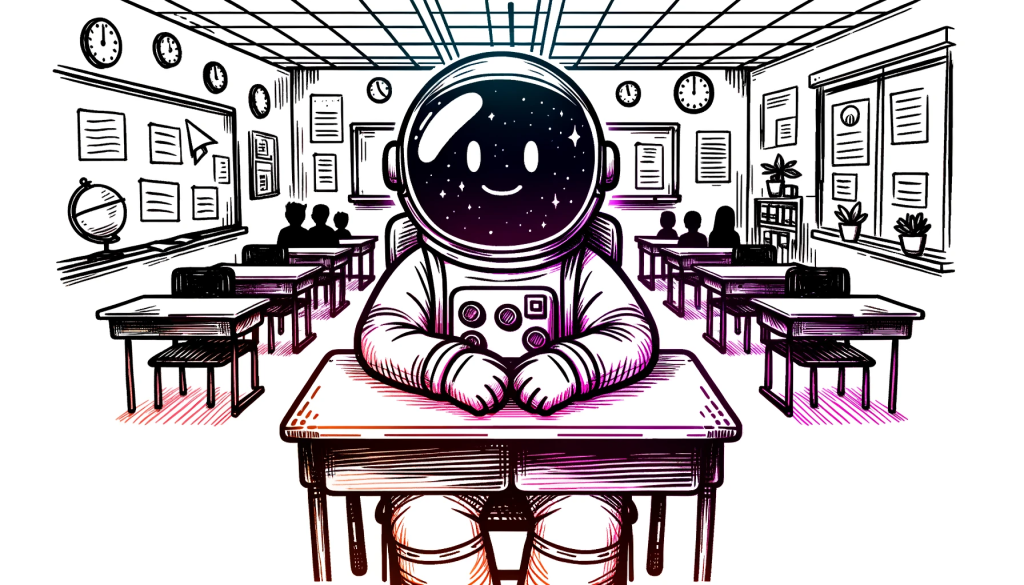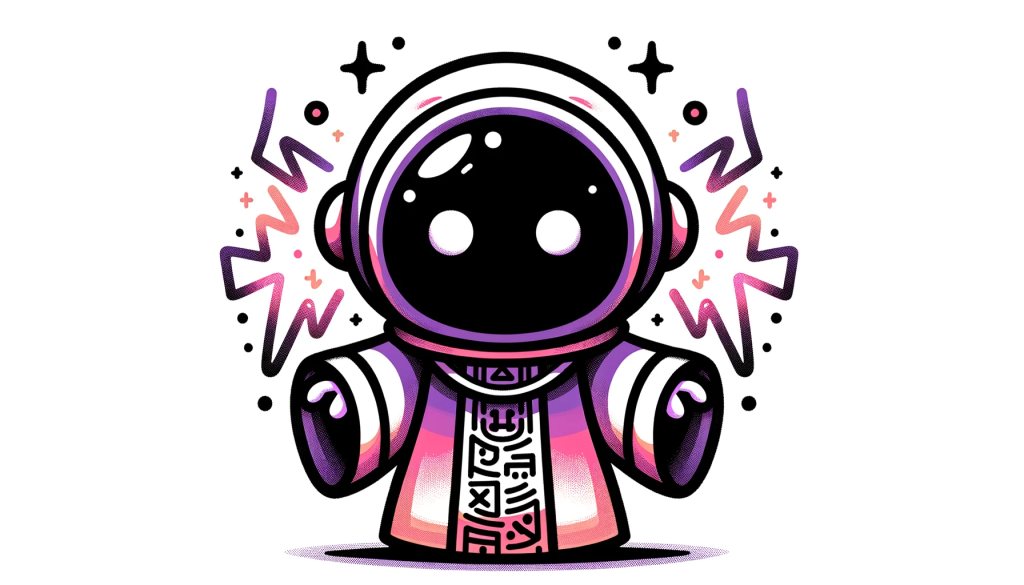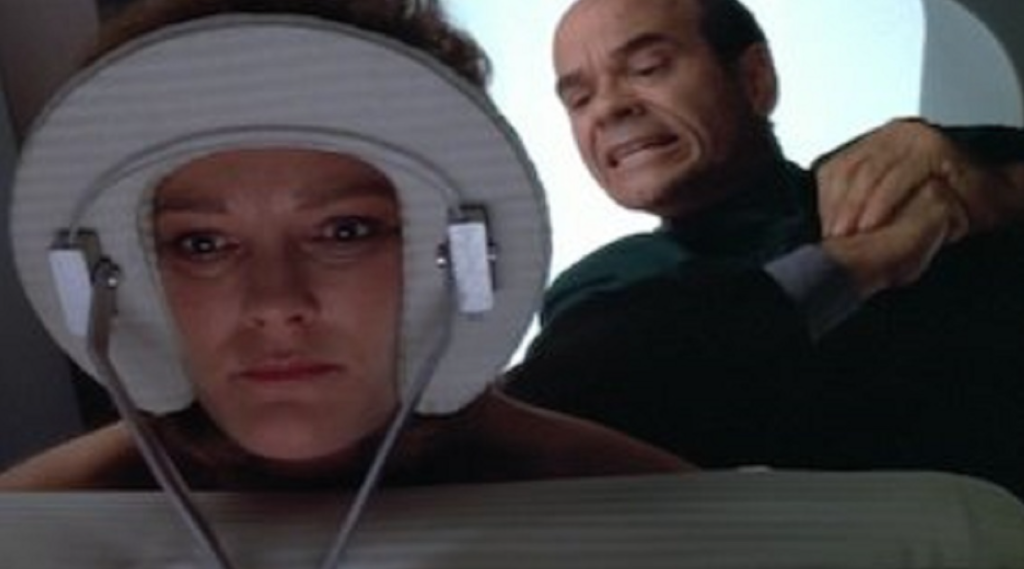The upcoming spin-off series, ‘Star Trek: Starfleet Academy’, is gearing up for filming in 2024, with a promise of a humorous take on the Star Trek universe.
Quick Facts
- Franchise Update: Alex Kurtzman, the franchise boss, provided updates on the Star Trek Universe panel at NYCC.
- Series Tone: The series is set to have a lighter, comedic tone, with contributions from ‘Lower Decks’ star Tawny Newsome in the writers room.
- Character Development: The show will focus on academy students’ journeys of self-discovery, their mistakes, and their eventual assignments to fleet ships.
‘Star Trek: Starfleet Academy’ is the latest addition to the Star Trek universe. With the resolution of the WGA strike, the writers are back in action, aiming to cater to a younger audience. The series, greenlit by Paramount earlier this year, is presumably set in the 32nd century, adding a fresh timeline to the franchise.
At the NYCC panel, it was highlighted that the series would have a comedic touch. This is further solidified by the involvement of Tawny Newsome, known for her role as Becket Mariner in the adult animated series ‘Lower Decks’. Newsome is not only a significant comedic talent but also embodies the essence of Star Trek, ensuring that the new series is in capable hands. The narrative will revolve around academy students, their growth, the challenges they face, and their eventual transition to the fleet.
Mike McMahan, the creator of ‘Lower Decks’, has previously expressed admiration for Newsome’s writing prowess. He emphasized her love for Star Trek and her unparalleled comedic talent, suggesting that she is an asset to any show, both as a writer and a star.
| For Further Reading | Star Trek Universe: The Star Trek Universe is a vast and intricate web of series, movies, and spin-offs that have been developed over decades. It encompasses various timelines, characters, and story arcs, providing fans with a rich tapestry of interstellar adventures and narratives. The universe has evolved over time, with new series like ‘Starfleet Academy’ adding fresh perspectives and tones to the established lore. [Wikipedia] |
Q&A
What is the expected release date for ‘Star Trek: Starfleet Academy’?
The series is set to begin filming in 2024, so a release can be expected later that year or early 2025.
Who is involved in the writing of the series?
Tawny Newsome, known for her role in ‘Lower Decks’, is a significant contributor to the writers room for ‘Starfleet Academy’.
Will the series cater to the traditional Star Trek audience?
While it will retain core Star Trek elements, the series aims to speak to a younger generation with its lighter and humorous tone.
Original article sourced from Collider.









